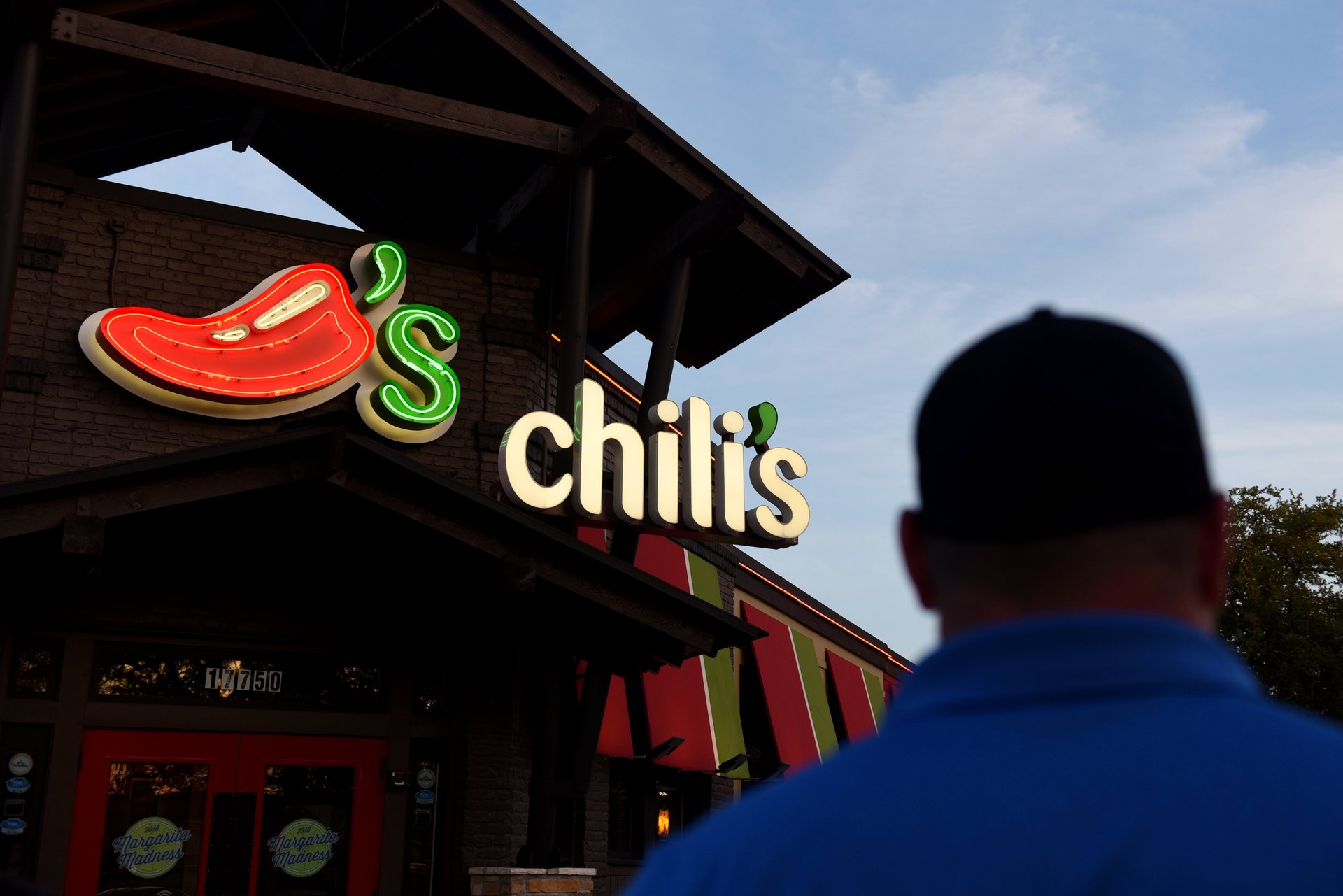The winners and losers of casual dining in 2024
This year, restaurants engaged in a "value war," duking it out through gimmicks and promotions

Casual dining in 2024 has been dramatically reshaped by inflation, shifting consumer priorities, and fierce competition among fast-food giants and grocery stores alike.
Suggested Reading
With dine-out prices surging by 3.6% over the last year, according to the Labor Department’s Consumer Price Index (CPI), many consumers reevaluated their dining habits, opting to cook more meals at home. While generally more economical, grocery prices also increased 1.6% during this period.
Related Content
This confluence of factors has resulted in a year of mixed outcomes for the casual-dining sector. Some brands have successfully navigated these challenges, while others have struggled to adapt. However, one constant has emerged: Value remains paramount. As 2025 approaches, restaurants will need to offer compelling value promotions to succeed.
“We’ve seen a value-oriented consumer, but one that’s searching for innovation,” R.J. Hottovy, head of analytical research at foot traffic analytics firm Placer.ai, told Quartz in an interview.
To lure price-conscious diners, many chains engaged in fierce “value wars,” touting aggressive promotions. Chili’s (EAT), for example, successfully capitalized on this trend with its popular “3 for Me” deal. Such has been the case of McDonald’s $5 meal deal, which also proved to be highly successful.
However, consumers are not simply seeking the lowest prices. They also crave new experiences and menu items. Hottovy notes that chains like Chipotle, Cava (CAVA), and Sweetgreen (SG) have driven sales by introducing new menu items and flavors. Chipotle’s (CMG) reintroduction of Chicken Al Pastor and Beef Barbacoa, for instance, proved a significant sales boost. McDonald’s (MCD), Taco Bell (YUM), and Wendy’s (WEN), are also prime examples of this approach, offering cheaper deals alongside limited-time offerings. According to a Numerator report, the three chains are considered more affordable options than groceries across income cohorts. Notably, Olive Garden (DRI), and Longhorn Steakhouse, have also seen a surge. The restaurants are among this year’s casual dining winners.
Earlier this year, McDonald’s Collector Cups became so popular customers started selling them on third-party websites such as eBay for as much as $100. Wendy’s Spongebob-themed bundle, which featured a Pineapple Under the Sea Frosty, also resonated with consumers, despite online criticism that the promotion didn’t live up to the hype (aesthetically, that is). Meanwhile, Taco Bell’s Decades Menu, which brought back classic items since the chain’s inception in 1962, leveraged its strong brand identity to attract nostalgic diners.
The winning formula – compelling value and innovation – hasn’t worked for every chain. Higher food costs, declining foot traffic, and rising labor expenses have created a difficult operating environment, particularly for smaller and regional chains. Many are facing an uphill battle in the face of these economic headwinds.
According to Hottovy, we can expect to see more bankruptcies in 2025, particularly among chains that haven’t been able to adapt fast enough. Red Lobster, for example, has faced significant challenges, with experts questioning its long-term viability and whether it can reinvigorate its brand and offer more value to customers. Since emerging from Chapter 11 bankruptcy, the seafood chain has implemented numerous changes, including discontinuing its $20 Endless Shrimp promotion and paring down its menu. Under CEO Damola Adamolekun, and a $70 million budget, the chain plans to ramp up hiring and spruce up its restaurants with better lighting.
Meanwhile, TGIF Fridays has also navigated a challenging year, with sales stagnating and foot traffic declining since the start of 2024. The once beloved American-themed diner has struggled to compete with more modern establishments like Chili’s and has failed to attract younger customers despite various promotional efforts.
While traditional chains grapple with declining foot traffic, chicken is among the big winners in casual dining this year. Chains like Raising Cane’s did especially well, Hottovy notes, which is likely due to the growing trend of consumers opting for menu items they perceive to be healthier, often swapping chicken for red meat. Chicken also presents a more cost-effective option for restaurants compared to beef products. Taco Bell, for instance, recently introduced chicken nuggets as a limited time offering.
The beef industry has faced particular challenges, most notably the impact of McDonald’s E. coli outbreak, where slivered onions sickened hundreds of customers. This event significantly impacted McDonald’s, which holds nearly half of the burger market according to Barclays, leading to a decline in customer traffic. While the introduction of the $5 meal deal in October helped to mitigate the impact, McDonald’s acknowledged the long-term consequences of the outbreak. To expedite the recovery process, the company announced a $100 million investment in marketing and franchisee support efforts in November.
Beyond the pressures within the restaurant industry, grocery stores have emerged as formidable competitors, with consumers turning to retailers including Aldi and Trader Joe’s for their grocery needs. With food prices still 2.4% higher, according to CPI data, these options offer a more appealing alternative for budget-conscious families, particularly those seeking items that don’t carry a premium cost. Walmart (WMT) can also be grouped into this category. The retail giant, alongside Aldi and Trader Joe’s, has seen massive gains this year from private-label offerings.
In 2025, the key to thriving in the casual dining sector will likely continue to be a combination of value and innovation. Chains that offer affordable options with exciting new products, flavors, and dining experiences will likely see success. The growing interest in unique sauces and new menu items, such as McDonald’s McRib, alongside its half-gallon jug of McRib sauce, suggests a strong appetite for fresh dining experiences. Collaborations with entertainment brands – like Starbucks’ recent move in China – are also likely to play a significant role in capturing and keeping customers engaged.
“As we’ve seen in 2024, it’s not enough to simply attract customers with a good deal,” Hottovy said. “To keep them coming back for more, restaurants will need to offer innovation on top of value.”